BINARVILLE, France - Nine decades have passed since more than 116,000 American Soldiers lost their lives in battle during Word War I, but the people of France have not forgotten and continue to pay homage and honor to these fallen heroes.
In the small town of Binarville, a monument was unveiled Oct. 7 as a humble gesture of appreciation to 687 of these heroes best portrayed in the 2002 A&E movie "The Lost Battalion" starring Ricky Schroder.
Bus loads of local officials, towns people and school children attended the solemn but salient ceremony. Maj. Gen. William Terpeluk, who traveled from New York to attend - still wearing his Statue of Liberty patch upon his left shoulder - was the keynote speaker.
Terpeluk is the last commander of the 77th Regional Readiness Command, which inactivated Sept. 30. The 77th RRC inherited it's lineage from the 77th Infantry Division. The fame of the 77th, the "Statue of Liberty" Division, began in World War I with its Lost Battalion.
On Oct. 2, 1918, Soldiers from the 1st Battalion, 308th Infantry Regiment entered a narrow ravine in the Charlevaux area of France, just outside of the town of Binarville. That night the Germans quietly occupied the high ground around them, cutting the Lost Battalion off from its higher command. Five days later, 194 survivors walked out of the ravine and into legend.
Terpeluk, speaking to hundreds of French men, women, and school children who attended the ceremony, spoke of how their presence and their devotion has preserved the spirit of the 77th Division and its most famous unit, the Lost Battalion.
"It is not merely an American military legend. It tells the story of sacrifice and liberty that our two nations have shared for over two centuries," Terpeluk said.
"The Soldiers of the 77th have always worn the patch of the Statue of Liberty," Terpeluk said, "and we have never forgotten that it is a gift from France."
The ceremony began with commemorative speeches by Terpeluk, the mayor of Binarville, and other state officials from the Argonne region of France. Following the unveiling of the monument and the speeches, elementary children from a neighboring school assisted in laying wreaths in front of the monument. Pigeons were released and taps was played to conclude the event.
Immediately following, a showing of the movie "The Lost Battalion" in French was presented to those in attendance, and a gourmet lunch was served. Earlier in the day, junior high and high school students walked the area where the Lost Battalion was pinned down while their teachers and professors talked about the battle as part of their History and World Geography classes.
Jacque Christopher Sauvage was one of the French teachers who walked the battleground and attended the monument dedication ceremony to the Lost Battalion with his students. He said his high school students are studying the First World War, and they chose to study this battle because it happened near their homes.
"We started out this morning taking the actual trail this battalion walked through ninety years ago," said Sauvage. "On the way, I explained to my students why the Americans were here and why France was at war with the Germans."
"The remembrance of what happened is very important," said Sauvage, "because it's important the students know the sacrifices of everyone who fought in World War I."
"I watched the film 'The Lost Battalion' as part of my history class at school," said Kevin Agruaska, a student at Sonneville Junior High School. "And today, we walked through the area were the Lost Battalion suffered so many casualties. The ceremony today and the monument built were both very well done, and they commemorate these Soldiers very, very well."
Retired Brig. Gen. Steven Hawkins, the European director of the American Battle Monuments Commission, also attended the ceremony. Hawkins said the commission is responsible for overseeing all 21 American cemeteries and memorials as well as 18 major battle monuments in the European Theater and North Africa. In addition, there are more than 800 private monuments in the footprint.
"This ceremony is especially important with the 90th anniversary of the end of World War I and the commemoration of the Lost Battalion, which is a very, very famous story. About a half of a kilometer from where we stand is where they hunkered down and fought off and survived," Hawkins said.
The Lost Battalion's 77th Division was the first Army Reserve division to deploy overseas and fight in World War I. Meuse Argonne American Cemetery is the largest American cemetery in Europe. The number of Soldiers from the 77th Division buried there is greater than any other two-star command that fought in Europe during World War I, said Terpeluk.
The 77th RRC lost six citizen Soldiers on 9-11. Five were New York City firefighters, and one was a Staff Judge Advocate officer working at the World Trade Center. Since then, five more Soldiers from the 77th died in support of the War on Terror, said Terpeluk.
"A lot of Soldiers wearing the Statue of Liberty patch gave their lives on this soil, so I'm here to honor them. It makes me proud and humbled to be here today and honor those sacrifices from so long ago. There's a certain completeness about coming here to honor those Soldiers from the 77th who lost their lives during the First World War," Terpeluk said.
As the Army continues fighting the current Global War on Terrorism, units of the 77th are very much a part of that fight as well, he added.
The American Battle Monuments Commission encourages anyone in Europe, especially the Soldiers who are stationed here, to visit the cemeteries, memorials and monuments scattered across Europe, said Hawkins.
Hawkins recommends that Soldiers go see Gen. George Patton's grave in Luxemburg; go visit the Ardennes Cemetery where the majority of the Soldiers buried there fought in the famous Battle of the Bulge; go to the Netherlands American Cemetery, which lies in the village of Margraten in Southeast Holland and is where the Soldiers from the Band of Brothers and Operation Market Garden are buried; go to Meuse Argonne American Cemetery and Memorial, where more than 14,000 servicemembers are buried; go to Normandy where there are more than 10,000 Soldiers buried and a $30 million visitor center just opened in June 2007.
LOST BATTALION EPITOMIZES WARRIOR ETHOS
On October 2nd, 1918, at approximately 6 p.m. Maj. Charles Whittlesey, commander of the 1st Battalion, 308th Infantry Regiment, 77th "Liberty" Division, led 687 Soldiers under his command into the Charlevaux Ravine. Their objective that day was to take up a position along the Minarville-La Viergette Road, form solid liaison with the 307th Infantry Regiment on their right and French forces on their left at the Chalevaux Mill.
Reconnaissance revealed that the unit had been the only one able to take their objective - flanking forces to the east and west had been unable to keep up with them.
This left them stranded nearly a kilometer ahead of their main line with no flank support whatsoever. Understanding that his orders forbade retreat and unaware of the full magnitude of his unit's peril, Whittlesey ordered his men to dig in at fallen darkness.
They dug into the northern slope of the ravine hillside in a position that would become best known as "The Pocket". Messages sent back by Whittlesey alerted higher headquarters to the peril of the force in the ravine. Elements of the 3rd Battalion, 307th Infantry Regiment were dispatched to establish a liaison but only the battalion's Company K was able to make it to The Pocket at about 4 a.m. Oct. 3.
The German forces along the mainline of the Giselher Stellung knew that Whittlesey's force had taken up a position in the ravine but did not know their exact numbers or what support they had. Seeing no significant reinforcements, elements of the 122nd Infantry Regiment, 2nd Landwehr Division slipped in behind The Pocket in the early hours of the morning, killed and captured several posts along the line and cut off the American Soldiers in the Lost Battalion from any support. Soon after, the Germans began to pound The Pocket with trench mortar and machine gun fire from entrenchments at the north and the south. Any attempts by Whittlesey and the Lost Battalion at breaking through failed with heavy casualties.
With a carrier pigeon, the only form of communication left available to him, Whittlesey kept the higher headquarters informed of the rapidly deteriorating situation as best he could, but was unable to receive orders back. Believing that his orders to hold the position still stood, during the course of the day the Lost Battalion held unto the ravine and beat off several strong German attacks - but with too many casualties for the effort.
By the evening of Oct. 3, the four remaining medics reported to Whittlesey that all medical supplies had been exhausted, as was the nearly all of the food and water supplies. Nearly 20 percent of the Lost Battalion was killed or wounded on that first day.
The next day, Oct. 4, the surrounded force again repelled repeated German attacks and continued to absorb German trench mortar fire. In an attempt to draw the Germans away from The Pocket, the 152nd Field Artillery Brigade attempted a barrage of protection around The Pocket. However, due to an error in map coordinates, at least one battery of artillery mistakenly fired upon Whittlesey and the Lost Battalion. After a half an hour of heavy friendly fire barrage, Whittlesey had no choice but to release his last carrier pigeon, named Cher Ami, with a plea to lift fire.
Twenty-two minutes later Cher Ami got back with the message, though he was missing an eye, a leg, and had been shot through the breast. By this time the damage was tragically done; some 80 men of the Lost Battalion had been wounded and 30 men had died.
Meanwhile a group of men from the Lost Battalion's Company E was captured by German forces, and two officers from this group were able to successfully fool the Germans into believing that the American force in the ravine was twice the size that it actually was.
As the sun rose Oct. 5, the Lost Battalion was in terrible shape. With no food, water and medical supplies, and no strength left to bury their dead, the men of the Lost Battalion began to succumb to the terrible state.
Still the men of the Lost Battalion managed to fend off several German attacks that day. That day, airplanes from the 50th Aero (Observation) Squadron appeared over the ravine, flying low and slow in an effort to positively locate the position of Whittlesey and the Lost Battalion, in order to attempt an aerial resupply, which would be the first such large-scale endeavor in history.
Back in the United States, newspapers were already reporting the plight of what they were popularly calling the Lost Battalion. However, the name was a gross examination of the facts. Whittlesey and his men were not lost in the sense that no one knew where they were. In fact, everyone knew where they were, especially the Germans. The term "lost" was actually in reference to their hopeless situation, evidenced by a 70 percent casualty rate by sunrise Oct. 6.
On the morning of Oct. 6, Whittlesey and the men of the Lost Battalion fought off several German attacks, including one that incorporated flamethrowers. Also, on that day, a 50th Aero Squadron resupply flight, flown by Pilot Lt. Harold Goettler and Observer Lt. Erwin Bleckley, was shot down by German gun fire when they attempted a daring low-level mission to positively locate the Lost Battalion deep in The Pocket. Goettler and Bleckley were both killed in the crash and four years later were posthumously awarded the Medal of Honor.
The next day, Oct. 7, brought more German attacks on the beleaguered American forces. Requests by the Germans to surrender went unanswered by Whittlesey, and upon hearing this, many Soldiers of the Lost Battalion were heard shouting back at the Germans in none too polite terms.
The Germans final attack hit the Lost Battalion just after 5 p.m. Oct. 7 and lasted more than an hour and a half. The attack was the fiercest to date and virtually exhausted the men and their ammunition. Whittlesey and his men repulsed the Germans yet again, almost by what seemed to be divine intervention.
And now with strong pressure from American units attacking the Germans to the south and southeast, the German line retreated just before 7 p.m., and American relief broke through to Whittlesey and the Lost Battalion.
The Lost Battalion suffered extremely high casualties. Only 194 Soldiers were able to walk out of the ravine on the afternoon of Oct. 8. The rest of the Lost Battalion was dead, wounded or sick, missing or taken as prisoners of war. Whittlesey and the only two other officers who walked out that day each were awarded the Medal of Honor for holding the command together under incredibly difficult circumstances.
Additionally, Whittlesey was immediately promoted to lieutenant colonel. Two enlisted Soldiers were also awarded the Medal of Honor for fighting to affect the breakthrough and German retreat, and the two aviators from the 50th Aero Squadron each received the Medal of Honor.
For many years afterwards, the event in the Charlevaux Ravine and the tales that grew around it would make the Lost Battalion one of the most popular war stories of the American participation in the First World War. Gen. John J. Pershing, commander of American forces in France, labeled the episode as one of the three most important events of the war and Whittlesey one of its three most outstanding Soldiers (Additional information provided by Robert J. Laplander, author, "Finding the Lost Battalion," with his full permission).

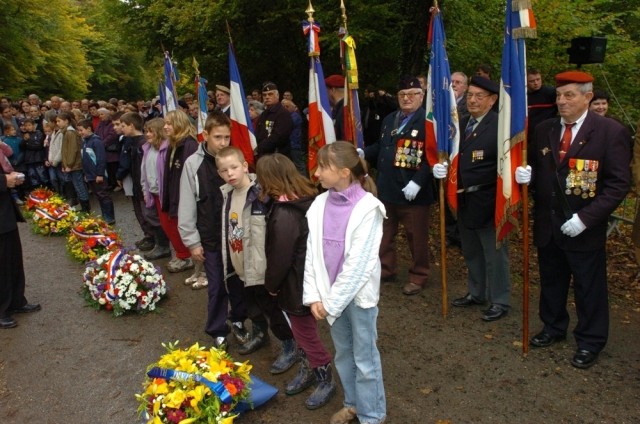
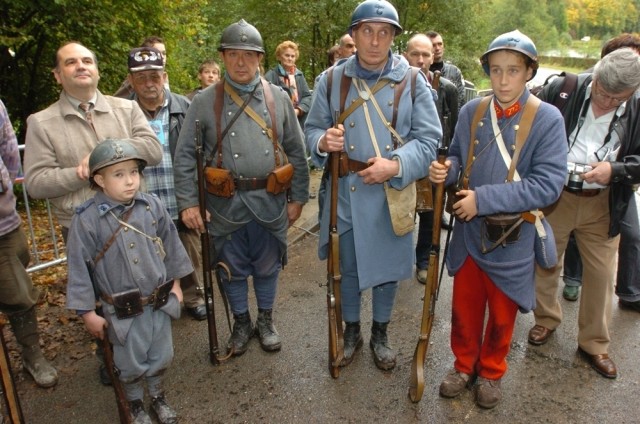
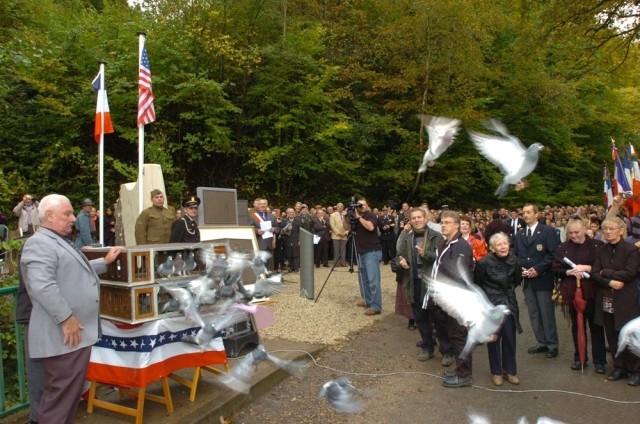
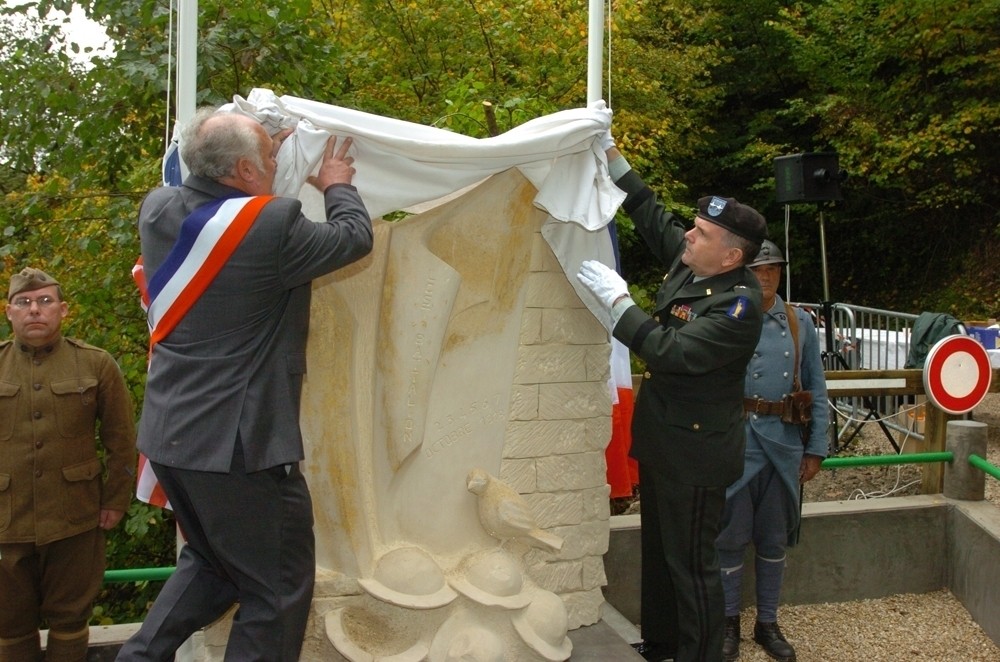
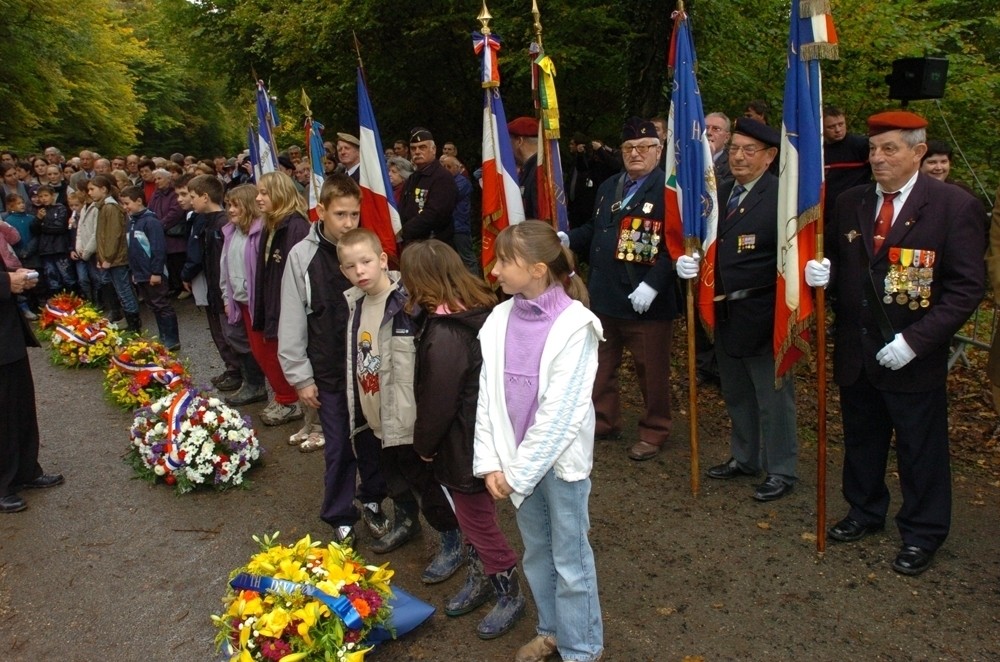
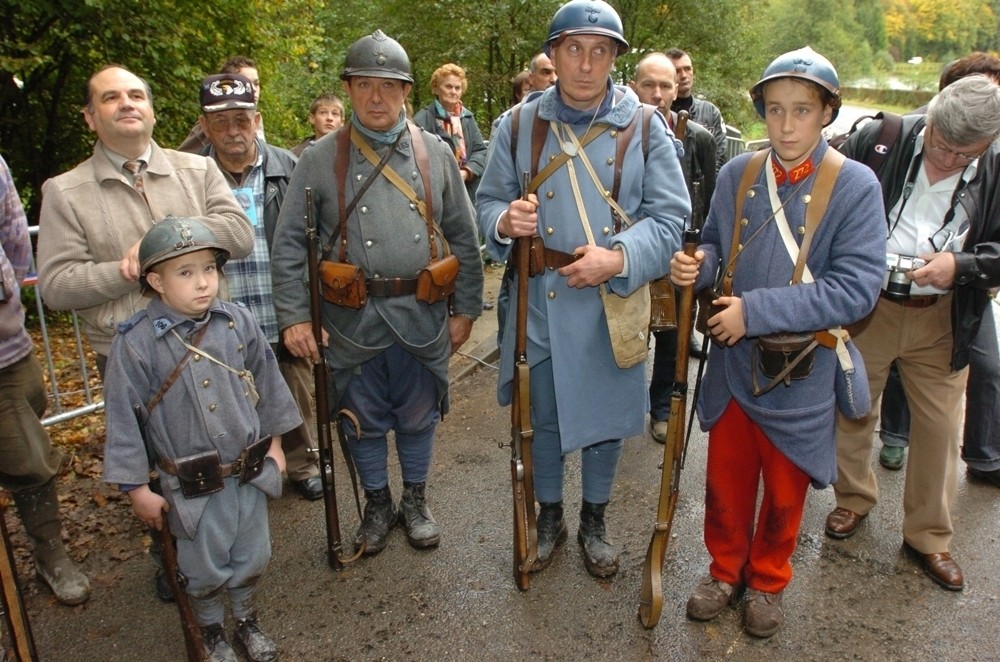
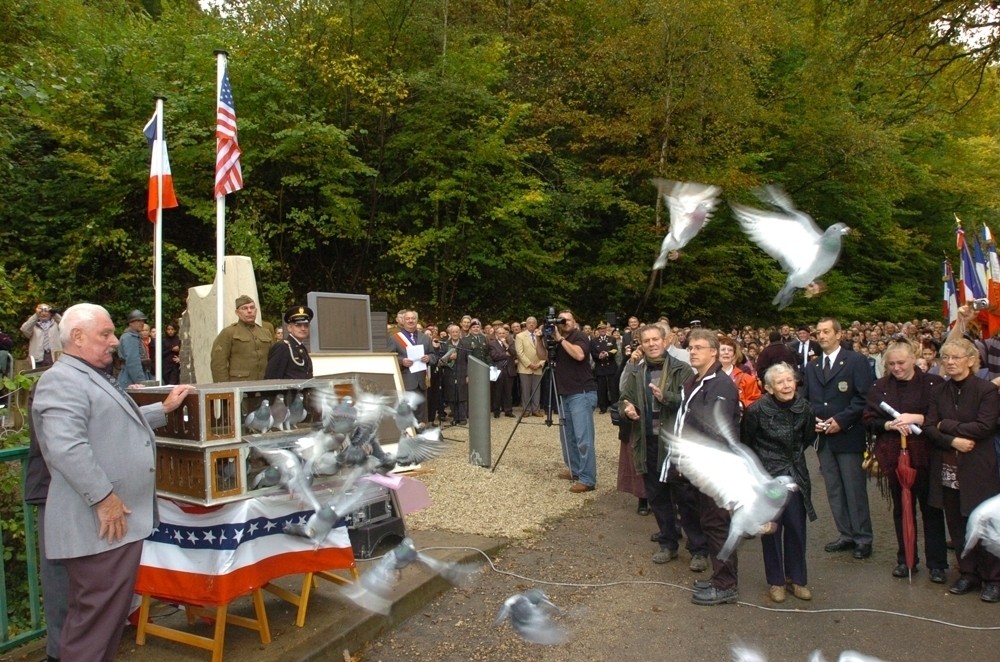
Social Sharing